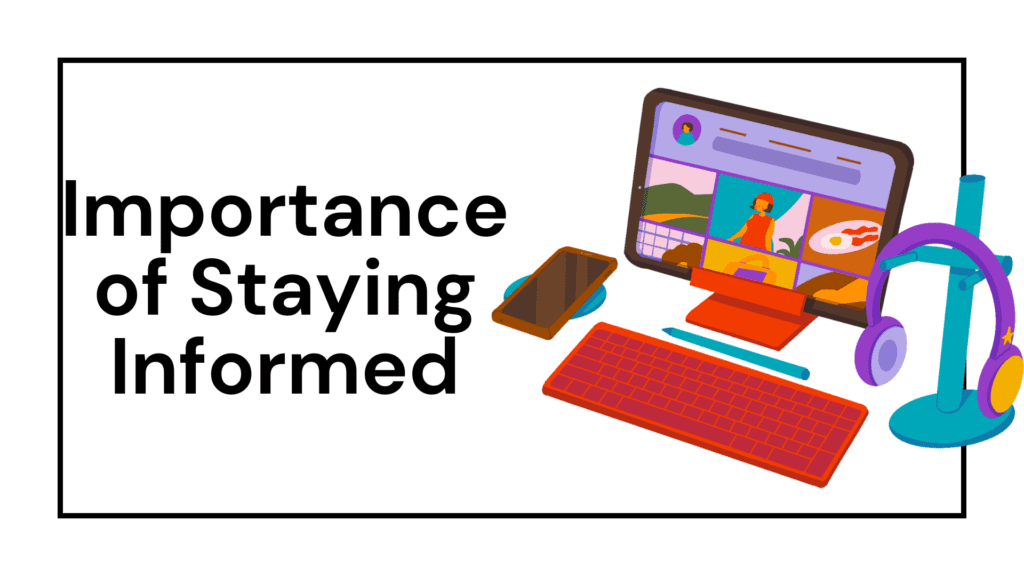Social media has become a powerful tool in shaping public opinion in the 21st century. Platforms such as Facebook, Twitter (X), Instagram, and TikTok allow individuals to rapidly share information, express viewpoints, and participate in global and local debates. This dynamic form of communication has significantly influenced how people form opinions, respond to current events, and engage in political and social issues.
1. Accessibility and Speed of Information
Social media provides instant access to news and events as they unfold. Unlike traditional media, which often involves editorial processes, social media enables real-time dissemination of information. This immediacy can sway public opinion rapidly, especially during crises, protests, or elections.
2. Personalized Content and Echo Chambers
Algorithms on social media platforms tailor content based on user preferences and past behavior. While this personalisation can improve user experience, it often creates echo chambers where users are only exposed to opinions that reinforce their existing beliefs. This reduces exposure to diverse perspectives and can polarize public opinion.
3. Influence of Influencers and Opinion Leaders
Social media influencers, celebrities, and public figures can significantly shape public opinion. With large followings, they often act as opinion leaders, directing attention to specific issues, shaping narratives, and even influencing consumer behaviour or voting patterns.
4. Public Engagement and Participation
Social media has democratized the sharing of opinions. Ordinary users can now participate in debates, start campaigns (e.g., hashtags like #MeToo or #BlackLivesMatter), and mobilize communities. This grassroots empowerment helps raise awareness and pressure authorities for change.
5. Misinformation and Manipulation
One of the major challenges of social media is the spread of fake news and misinformation. False narratives can go viral, misleading the public and distorting facts. This can be exploited by political actors, interest groups, or even foreign entities to manipulate public perception.
6. Psychological and Emotional Appeal
Social media content is often designed to trigger emotional responses. Emotional content—especially fear, anger, or hope—tends to be shared more widely, affecting how users process information and form opinions. This emotional influence can sometimes overpower rational analysis.
7. Surveillance and Public Sentiment Analysis
Governments, corporations, and researchers increasingly use social media to analyze public sentiment. Trends, hashtags, and reactions provide insight into public mood, allowing policymakers or businesses to adjust strategies accordingly.

